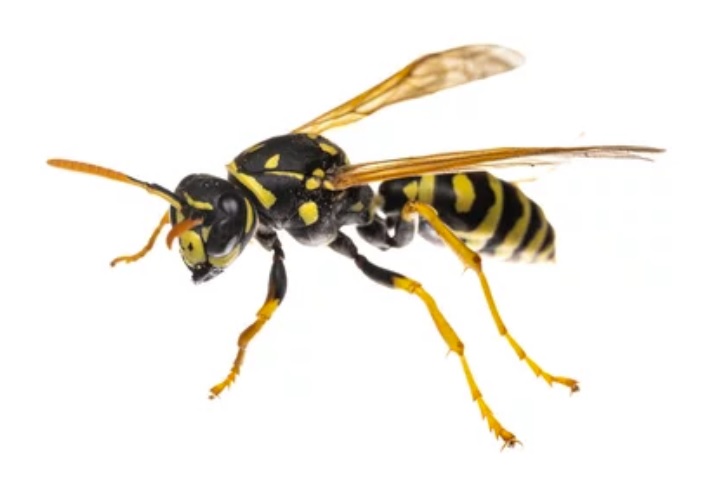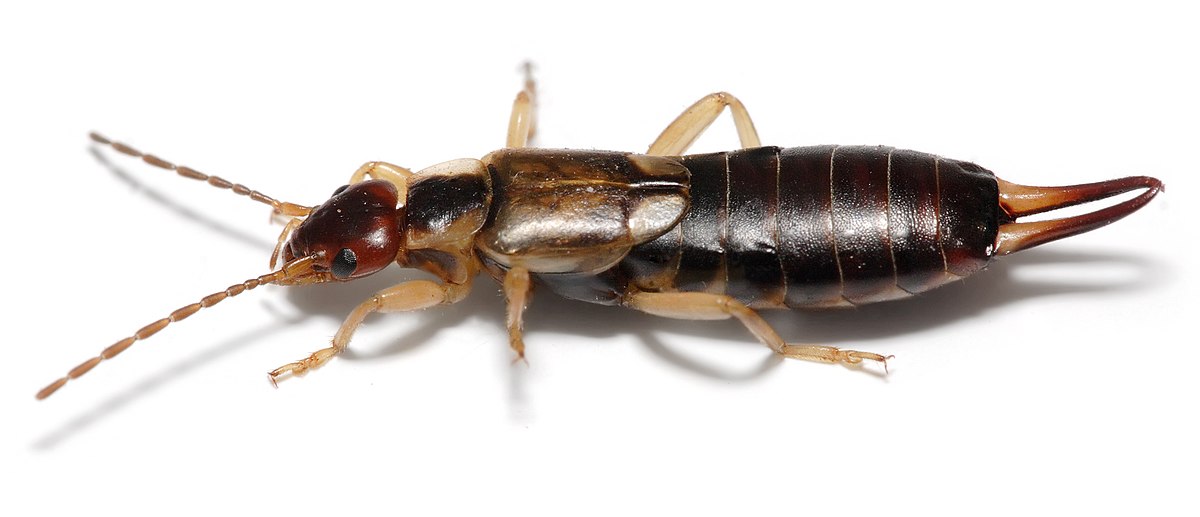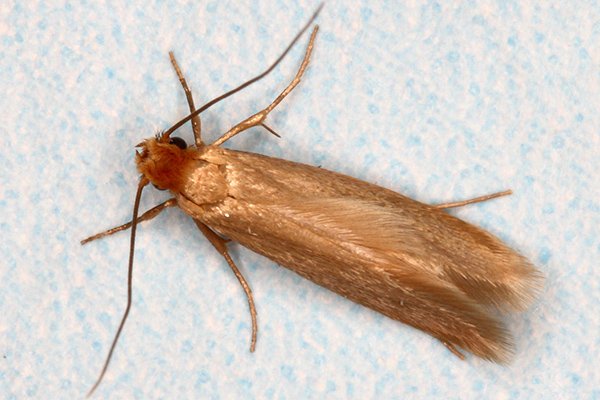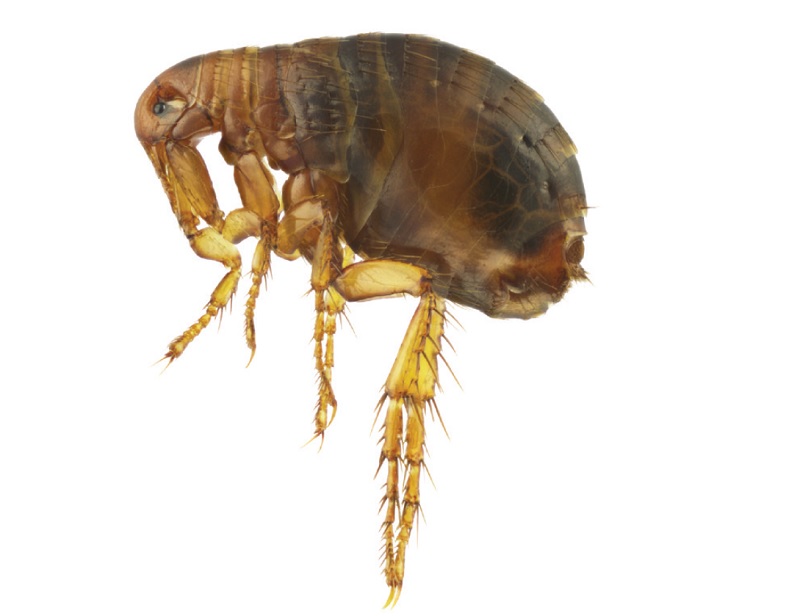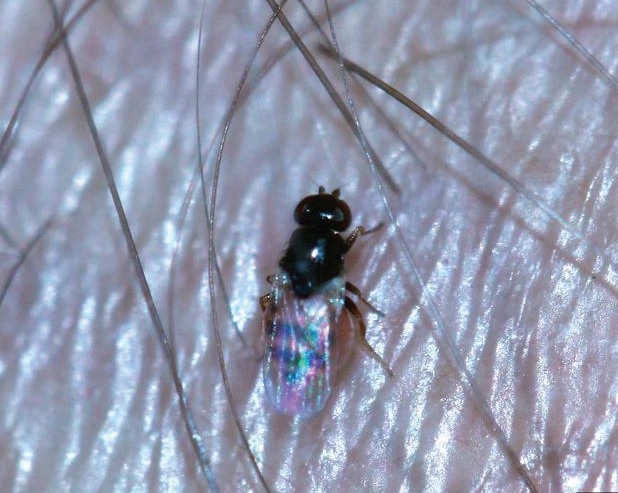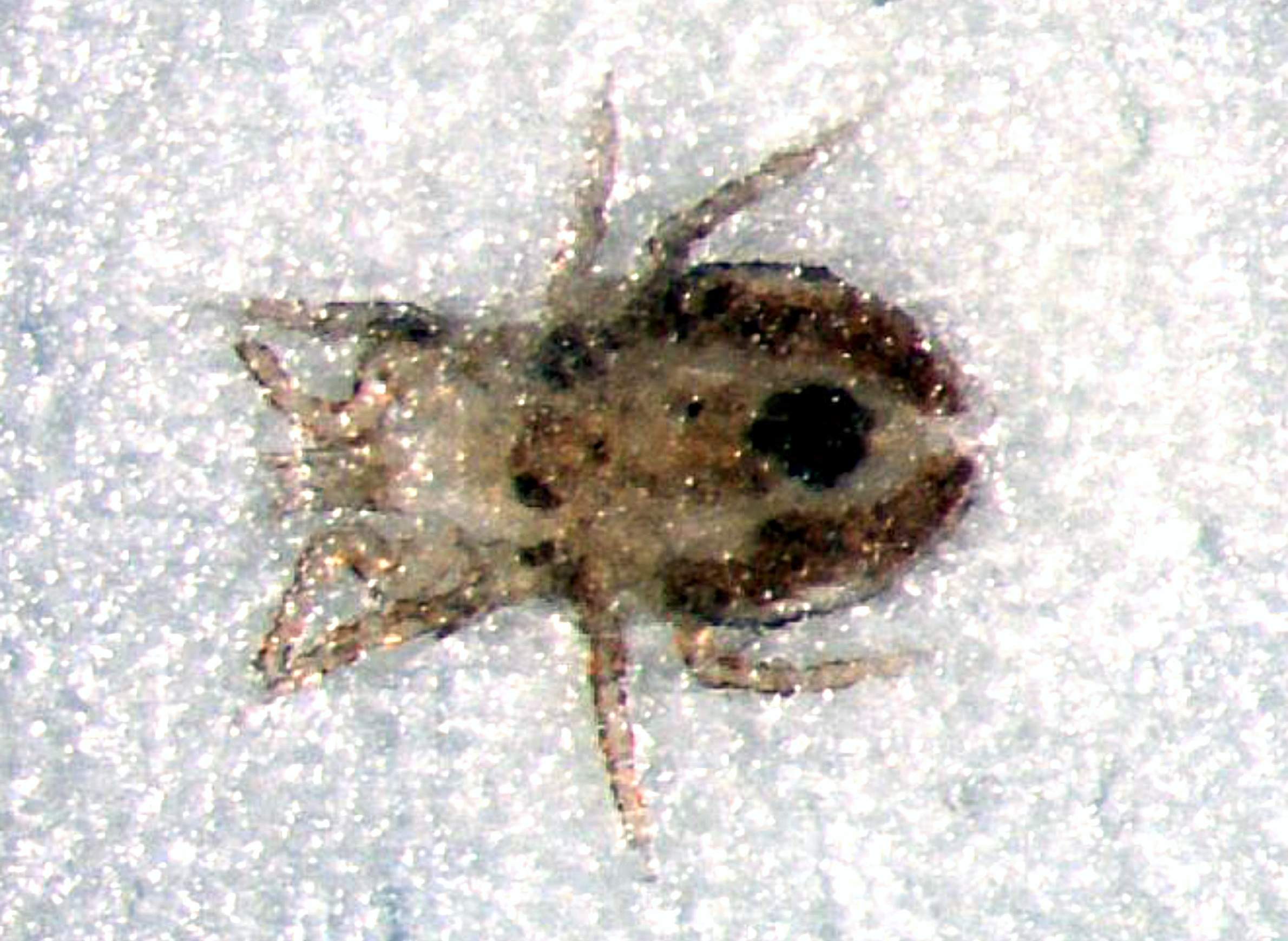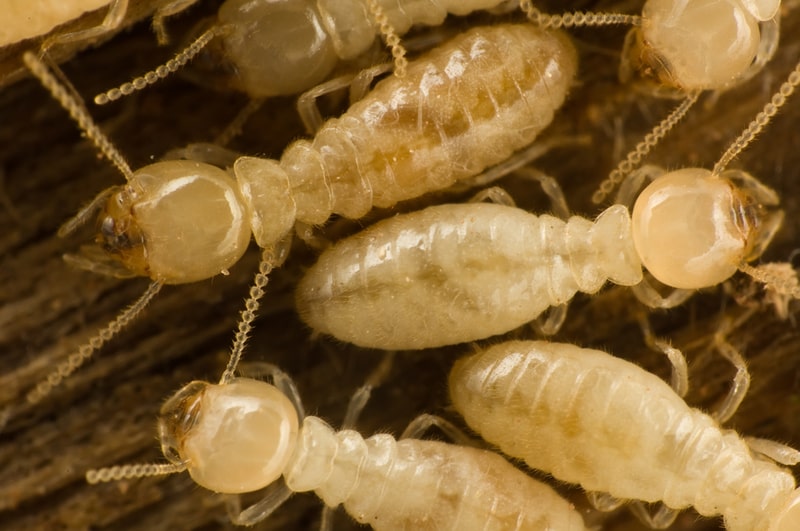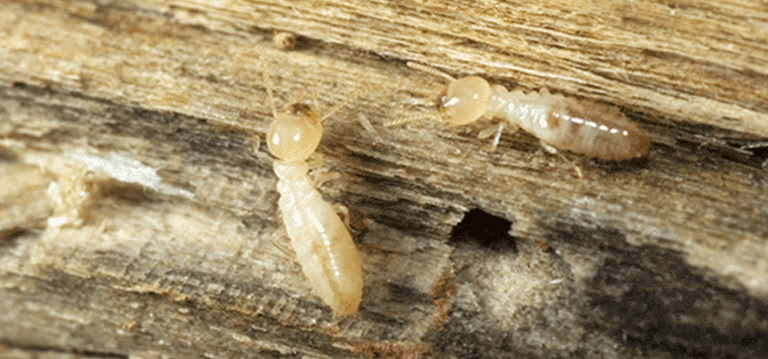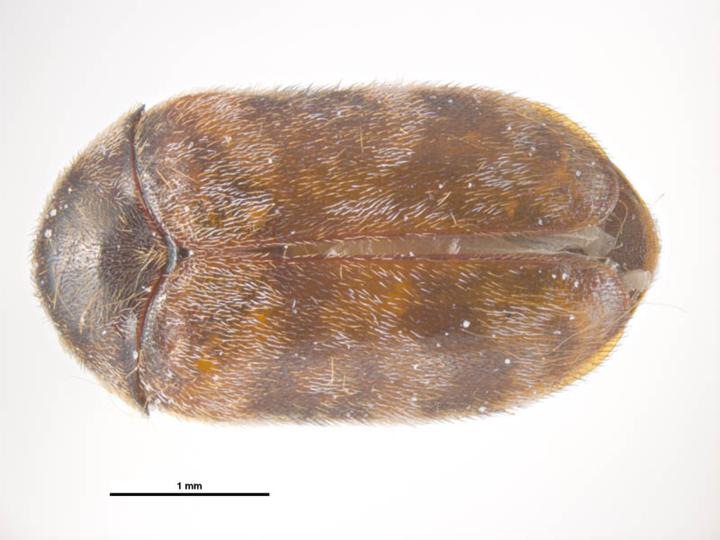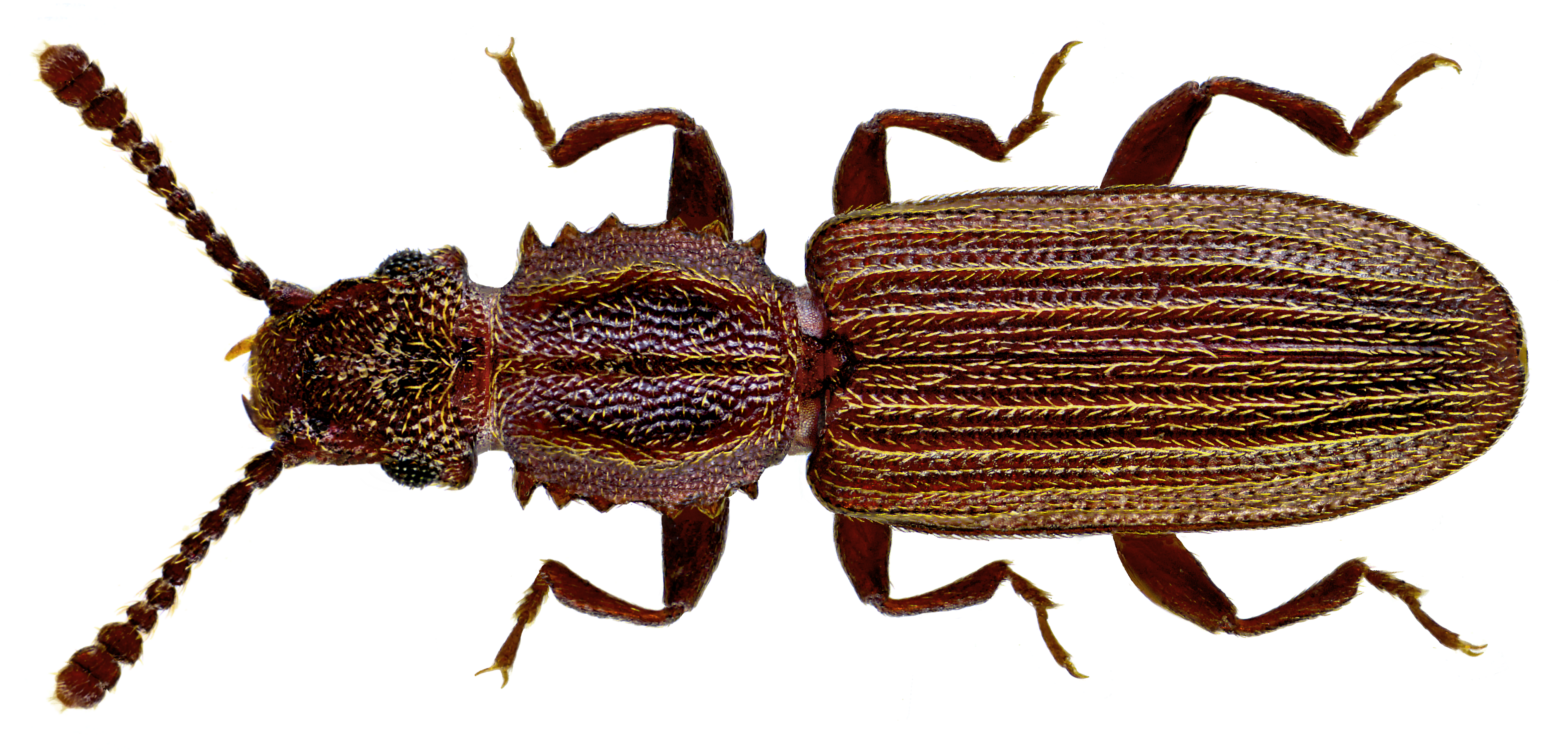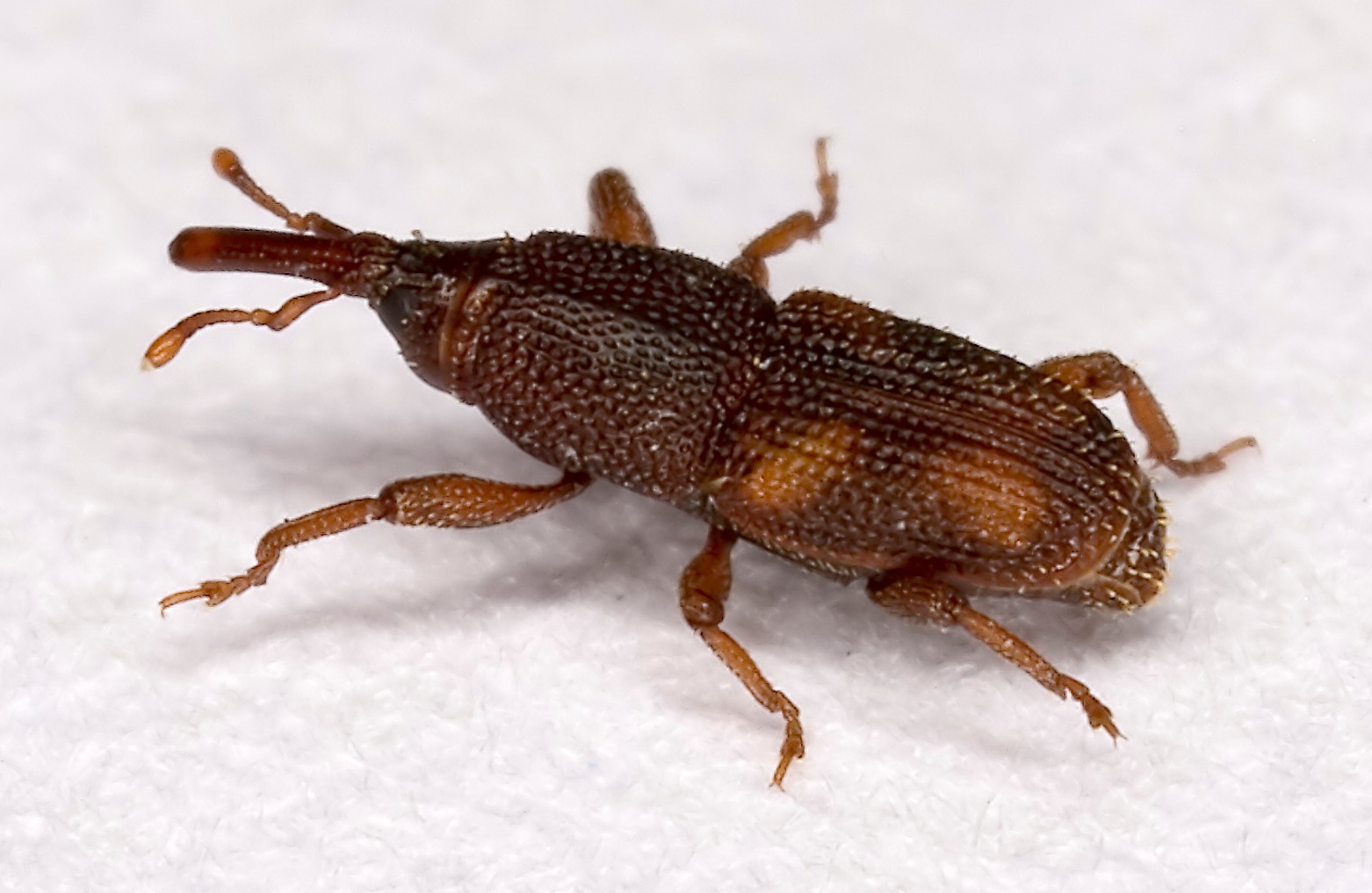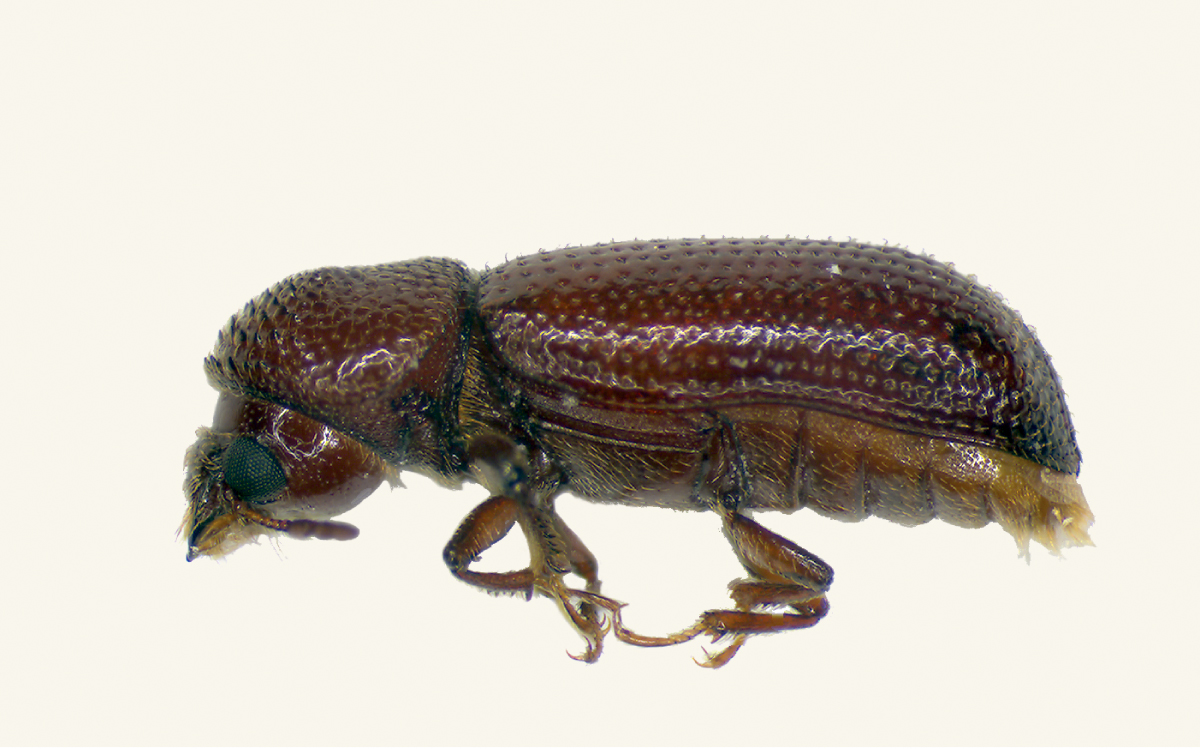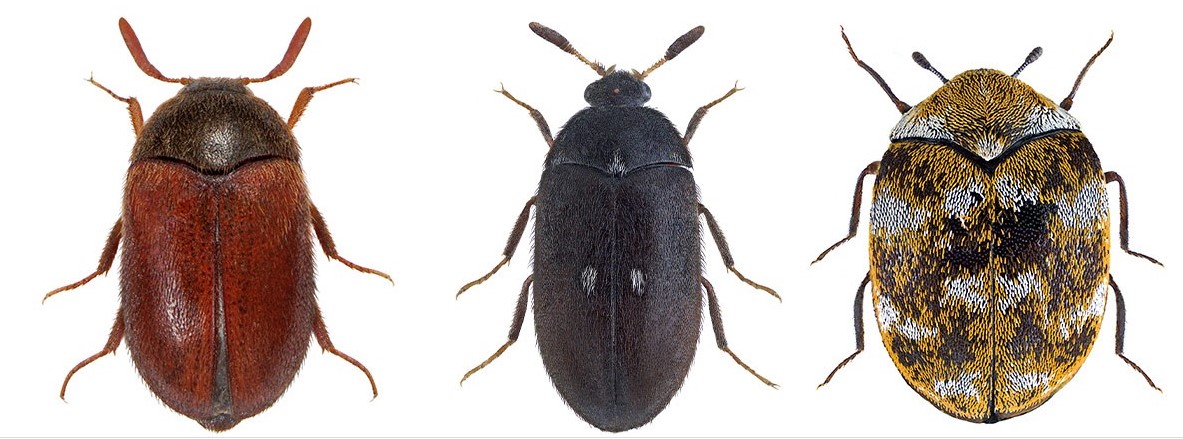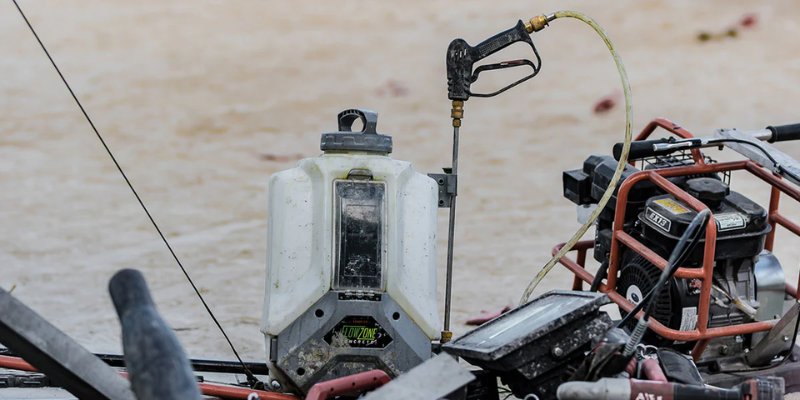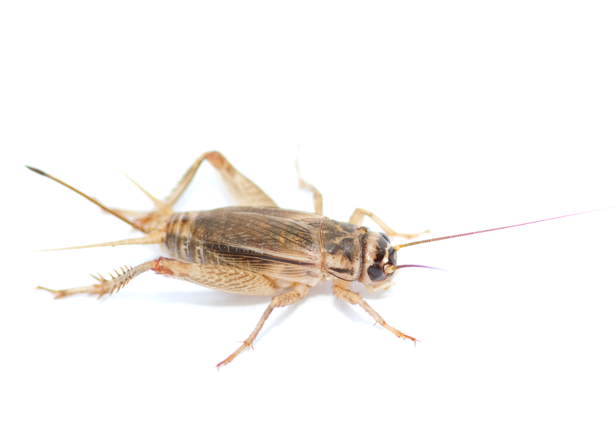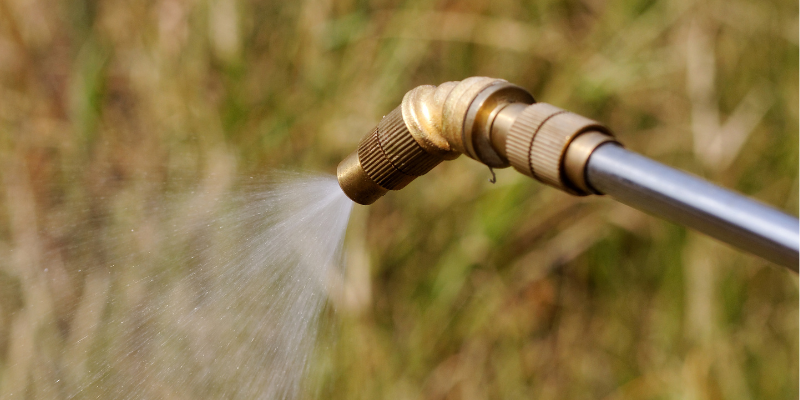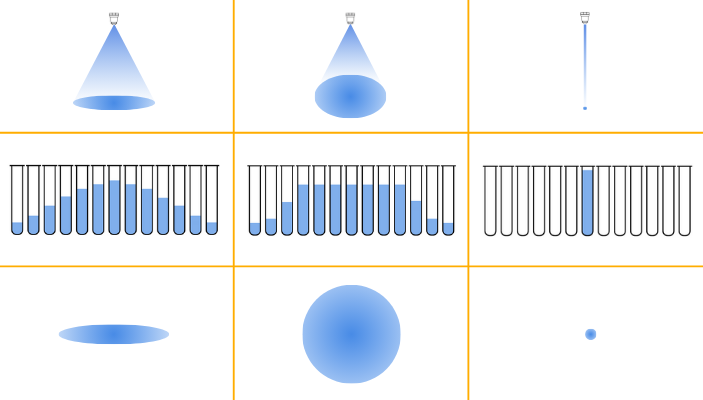Article
European Wasps
Europen wasps are a stout wasp with a bright yellow and black banded abdomen, and a pair of black spots on each yellow band. They have two pairs of wings with the first pair larger than the second. They have black antennae and fly with their legs held close to the body.
Earwigs
Earwigs have an elongated and flattened or cylindrical body. They can be winged or wingless, and they have chewing mouthparts. The abdomen is long, flexible and telescopic (segments of the abdomen may be drawn into one another like a telescope). The two forcep-like cerci on the end of the abdomen are heavily sclerotised (hardened) and vary in shape and size between species.
Clothes Moth
There are actually two main species of clothes moth, the webbing clothes moth and the case-making clothes moth. The adult Webbing moth is light, gold coloured less than 1 cm long.
Cat Flea
Fleas are small, wingless insects and species range in size from 1 – 10 millimetres. They are easily recognised by the majority of the world’s population, especially those who own cats or dogs.
Biting Midge / Sandfly
Biting midges (often referred to as “sandflies”) are small biting flies about the size of a pin-head belonging to the Ceratopogonidae family. They are especially prolific in coastal areas of tropical and subtropical Australia where some species can cause significant pest problems. They make up for their small size with the large numbers in which they can occur and their painful bite.
Bird Mites
Bird mites are not insects as some of the public may think as they have eight legs and two body parts. The most common mite associated with bird nests is the “Starling mite” or “Tropical fowl mite”
Subterranean Termites
Members of the Coptotermes genus are easily distinguished from other termites when the soldier is poked or lightly squeezed, upon which a white milky liquid is secreted from a specially modified pore (fontanelle) in the front of the head as a defence mechanism
Drywood Termites
Unlike other termites, drywood termites get their water from the timber they consume and therefore do not require contact with the soil. Because of this fact, their galleries are clean and free of soil. However there is one thing present that will give away that drywood termites caused the damage: the presence of dry, sesame seed-like frass (faeces) throughout the gallery system and on horizontal surfaces in close proximity to the infestation.
Warehouse Beetle
Adult warehouse beetles are oval in shape, 1.8 to 3.0 mm long. They are light to dark brown in colour and covered with fine hairs. The elytra have various pale markings according to the species concerned.
Saw-toothed Grain Beetle
Saw-toothed grain bettles are small, slender, flattened, brown beetles, 3 to 3.5 mm long. They are easily distinguished by the 6 saw-like "teeth" on each side of the thorax.
Rice Weevil
Adult rice weevils are 2.5 – 3.5 mm long, somewhat smaller than granary weevil. It is reddish brown, with 4 faint reddish or yellowish spots on the elytra, round or irregularly shaped punctures on the pronotum and with the typical long, slender snout at the front of the head
Lesser Grain Borer
Adult lesser grain borers are about 3 mm long, polished reddish brown or black and the head and thorax have a pitted appearance. Rhyzopertha dominica is almost cylindrical and the head cannot be seen from above. Although small, this insect has powerful jaws with which it can bore directly into wood and paper.


